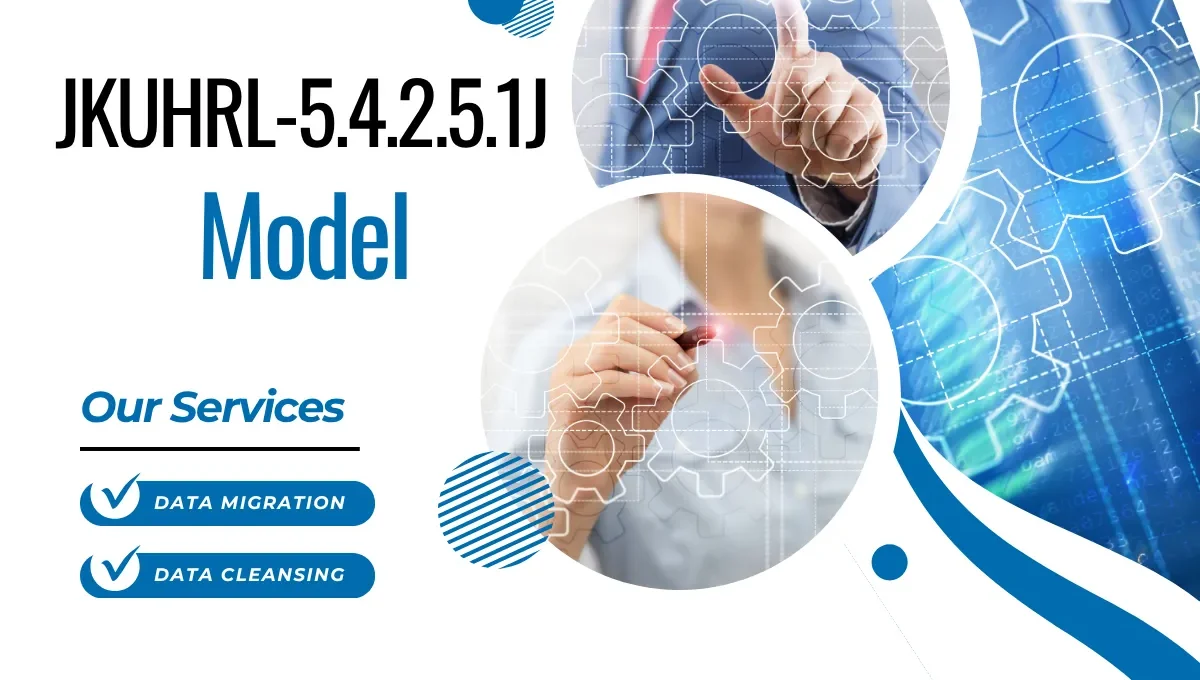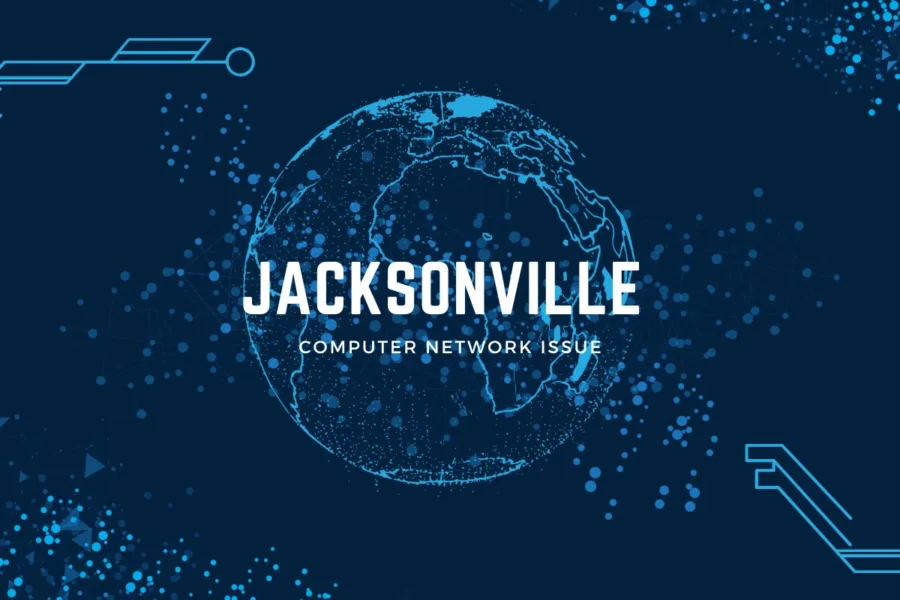Table of Contents
The landscape of data processing has undergone remarkable transformation in recent years, with innovative models emerging to handle the exponential growth of data across industries. Modern data processing frameworks are revolutionizing how organizations extract insights, make decisions, and drive innovation through advanced analytics capabilities.
Understanding Modern Data Processing Architecture
Contemporary data processing models represent a significant evolution from traditional batch processing systems. These advanced frameworks incorporate real-time processing capabilities, machine learning integration, and distributed computing architectures that can handle massive volumes of structured and unstructured data simultaneously.
The shift toward hybrid processing JKUHRL-5.4.2.5.1J models has enabled organizations to achieve both real-time insights and comprehensive batch analytics within unified platforms. This dual approach allows businesses to respond immediately to critical events while maintaining thorough historical analysis capabilities.
Core Components of Advanced Processing Systems
Modern data processing architectures typically incorporate several key components that work together seamlessly. Stream processing engines handle real-time data flows, while distributed storage systems manage historical data repositories. Machine learning frameworks integrate directly with these processing engines to provide predictive analytics capabilities.
Data lake architectures have evolved to support diverse data types, from traditional relational databases to multimedia content and IoT sensor data. This flexibility enables organizations to consolidate their entire data ecosystem within single processing environments.
Real-Time Processing Revolution JKUHRL-5.4.2.5.1J Model
Edge Computing Integration
Edge computing enhances real-time data processing by analyzing data at the source, reducing latency and improving response times for critical applications. This approach brings processing power closer to data generation points, enabling immediate decision-making without the delays associated with cloud-based processing.
Organizations implementing edge-enabled processing models report significant improvements in operational efficiency, particularly in manufacturing, healthcare, and autonomous vehicle applications where millisecond response times are crucial.
Stream Processing Capabilities
Advanced stream processing frameworks have transformed how organizations handle continuous data flows. These systems can process millions of events per second while maintaining low latency and high throughput requirements. The integration of complex event processing allows for sophisticated pattern recognition and anomaly detection in real-time data streams.
Machine Learning and AI Integration
Automated Model Deployment
Modern data processing platforms incorporate automated machine learning pipelines that can deploy, monitor, and update predictive models without manual intervention. This automation reduces the time from model development to production deployment from weeks to hours.
The integration of MLOps practices within data processing frameworks ensures consistent model performance and enables rapid iteration cycles for improved accuracy and reliability.
Intelligent Data Processing
Data analytics in 2024 is driven by AI, machine learning, NLP, data mesh, edge computing, and cloud technologies, creating more intelligent processing systems that can adapt to changing data patterns and business requirements automatically.
These intelligent systems can optimize their own performance by adjusting processing parameters based on workload characteristics and resource availability.
Scalability and Performance Innovations
Distributed Computing Architectures
Contemporary processing models leverage distributed computing frameworks that can scale horizontally across thousands of processing nodes. This scalability ensures consistent performance regardless of data volume growth or processing complexity increases.
Auto-scaling capabilities enable these systems to dynamically adjust resources based on current demand, optimizing both performance and cost efficiency.
Memory-Optimized Processing
In-memory processing technologies have dramatically improved processing speeds for complex analytical workloads. By keeping frequently accessed data in high-speed memory rather than traditional storage systems, these architectures can reduce query response times by orders of magnitude.
Data Mesh and Decentralized Processing
Domain-Driven Data Architecture
The rise of a more balanced “hourglass” JKUHRL-5.4.2.5.1J model represents the evolution toward decentralized data processing architectures where different business domains manage their own data processing requirements while maintaining interoperability standards.
This approach enables organizations to scale their data processing capabilities independently across different business units while maintaining consistent data quality and governance standards.
Federated Analytics
Federated processing models allow organizations to perform analytics across distributed data sources without centralizing data storage. This approach addresses privacy concerns while enabling comprehensive analysis across organizational boundaries.
Cloud-Native Processing Solutions
Serverless Computing Models
Serverless data processing architectures eliminate infrastructure management overhead while providing automatic scaling capabilities. These models charge only for actual processing resources used, making advanced analytics accessible to organizations of all sizes.
Container-based processing environments provide consistent deployment experiences across different cloud providers and on-premises infrastructure.
Multi-Cloud Integration
Modern processing platforms support multi-cloud deployments that prevent vendor lock-in while enabling organizations to leverage best-of-breed services from different cloud providers.
Industry Applications and Use Cases
Healthcare Analytics
Advanced processing models enable real-time patient monitoring, drug discovery acceleration, and population health analytics. The ability to process diverse data types including medical imaging, genomic data, and electronic health records within unified platforms has revolutionized healthcare delivery.
Financial Services
Real-time fraud detection, algorithmic trading, and regulatory compliance monitoring rely heavily on advanced data processing capabilities. The integration of machine learning models with transaction processing systems enables immediate risk assessment and response.
Manufacturing and IoT
Predictive maintenance, quality control, and supply chain optimization benefit from processing models that can handle high-velocity sensor data while maintaining historical trend analysis capabilities.
Also Read: Jacksonville Computer Network Issue: Website Unavailable?
Security and Governance
Privacy-Preserving Processing
Modern frameworks incorporate privacy-preserving techniques such as differential privacy and homomorphic encryption that enable analytics on sensitive data without compromising individual privacy.
Automated Compliance
Built-in governance frameworks automatically enforce data retention policies, access controls, and audit trail requirements across distributed processing environments.
Performance Optimization Strategies
Query Optimization
Advanced query optimizers use machine learning algorithms to automatically select optimal execution plans based on data characteristics and historical performance patterns.
Resource Management
Intelligent resource allocation systems balance processing workloads across available infrastructure while maintaining service level agreements for critical applications.
Future Outlook
The evolution of data processing models continues accelerating with quantum computing integration, advanced AI capabilities, and improved edge computing performance. Organizations that adopt these revolutionary processing approaches position themselves for sustained competitive advantages in increasingly data-driven markets.
The convergence of artificial intelligence, distributed computing, and real-time processing capabilities creates unprecedented opportunities for innovation across industries. As these technologies mature, we can expect even more sophisticated processing models that further revolutionize how organizations extract value from their data assets.



